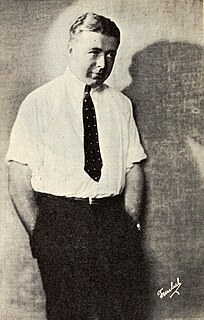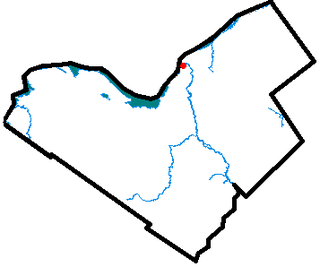
Clarence Leon Brown was an American film director.

Dita Parlo was a German actress.

The Progressive Socialist Party of Ukraine (PSPU) is a pro-Russian political party in Ukraine, led by Nataliya Vitrenko.

Bangladesh is divided into 8 Divisions (Bibhag) and 64 Districts, although these have only a limited role in public policy. For the purposes of local government, the country is divided into Upazila (sub-districts), Municipalities, City Corporations and Union Councils . The diagram below outlines the five tiers of government in Bangladesh.
Charles Clark "Chip" Marshall III is a political activist, and was a member of the prominent anti-Vietnam War group, the Seattle Liberation Front. He ran for Seattle City Council in 1975 and 1977, but was unsuccessful. Since then, he has helped to develop Issaquah's Klahanie community.
Eduardo Asquerino (1826–1881) was a Spanish politician, journalist, author and poet. He was the brother of Eusebio Asquerino.
Ayoka, a feminine given name commonly used in Africa and derived from the Yoruba language. It means "one who causes joy" or "one who causes joy all around".
Wellington Ward was one of the original five wards of the city of Ottawa, Ontario, Canada created in 1855 from West Ward in Bytown, Upper Canada. It existed until 1994 when it was amalgamated with Dalhousie Ward to become Somerset Ward. The original ward consisted of the city west of the Rideau Canal and south of Wellington Street. It has traditionally consisted of Ottawa's Centretown and Downtown neighbourhoods. Prior to 1952, it consisted of the area between Bank Street and Bronson Avenue. In 1952, it merged with Central Ward, to its east, and lost some of its former territory to Dalhousie Ward on its west.
By Ward was one of the five original wards represented on Ottawa City Council, created in 1855 out of parts of East Ward and Centre Ward which existed in Bytown. Originally it represented the area between Rideau Street and St. Patrick Street. Today this area is part of the By Ward Market, which is named for the historic ward. In 1952, the ward annexed Ottawa Ward to its north, encompassing the neighbourhood of Lower Town as well.
Ottawa Ward is a former ward in Ottawa, Canada. It was one of the original wards of the city, created in 1855 from parts of Centre Ward and East Ward in Bytown. It was abolished in 1952, when it was overtaken by By Ward.
St. George's Ward was one of the original five wards of the city of Ottawa, Ontario, Canada created in 1855. out of parts of East Ward and Centre Ward, which existed in Bytown. It existed until 1972 when it merged with By Ward to become By-St. George's Ward. It was recreated in 1980, until it was abolished for a final time in 1994, when it merged with part of By-Rideau Ward to form Bruyère-Strathcona Ward.
Victoria Ward was one of the original municipal wards in the city of Ottawa, Province of Canada created in 1855 from part of West Ward in Bytown.

Newcastle Corporation Tramways operated a tramway service in Newcastle upon Tyne between 1901 and 1950.
The Lockheed Senior Peg was an experimental design by the Lockheed Corporation together with Rockwell International that competed with and lost to a design by Northrop for a stealth aircraft which would eventually become the Northrop Grumman B-2 Spirit. It was created as part of the Advanced Technology Bomber competition, The competition started in 1979. It resembles a larger F-117 Nighthawk.
Provincial Agricultural Fair of Canada West was an annual provincial agricultural fair held in various places in Canada West and after 1867 in Ontario.
Ceylalictus appendiculata is a species of bees in the genus Ceylalictus, of the family Halictidae.
"I Want to Kiss Ringo Goodbye" is a 1965 novelty single recorded by English music journalist Penny Valentine at the start of her journalistic career. The song was released in March 1965 at the height of Beatlemania and is about Ringo Starr, the drummer of The Beatles. The song was produced by Chuck Sagle and written by Sagle under the pseudonyms Bob Strong and Carl Stevens. Its B-side was "Show Me the Way to Love You", composed by Doug Goodwin and produced by Sagle.
The Samdech Euv Autonomous Zone was a short-lived secessionist entity which existed in seven eastern Cambodian provinces between 10 June 1993 and 15 June 1993. The zone was announced by Norodom Chakrapong as a response to the victory of FUNCINPEC in the 1993 Cambodian election.
Khoy Thoun was a leading politician of the Khmer Rouge.
David William James Murray (1901-1992) was a South African born professional footballer and coach who played for Bristol Rovers, Everton, Swindon Town, and Rochdale before becoming the coach of the Jersey official football team.












